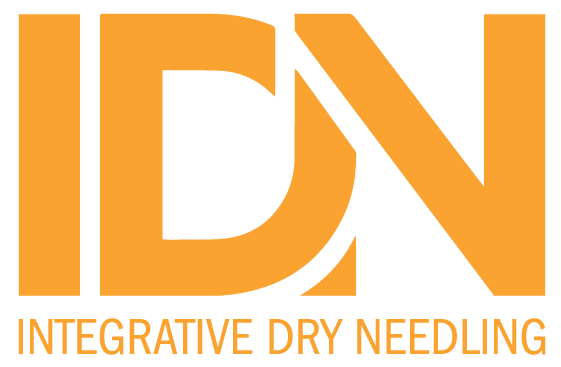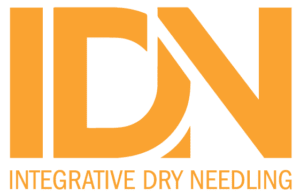Trigger Point Dry Needling to Reduce Pain and Improve Function and Postural Control in People With Ankle Sprain: A Systematic Review and Meta-Analysis
J Chiropr Med. 2024 Mar-Jun;23(1-2):23-36. doi: 10.1016/j.jcm.2024.02.005. Epub 2024 Sep 19. ABSTRACT OBJECTIVE: The purpose of this review was to evaluate the



